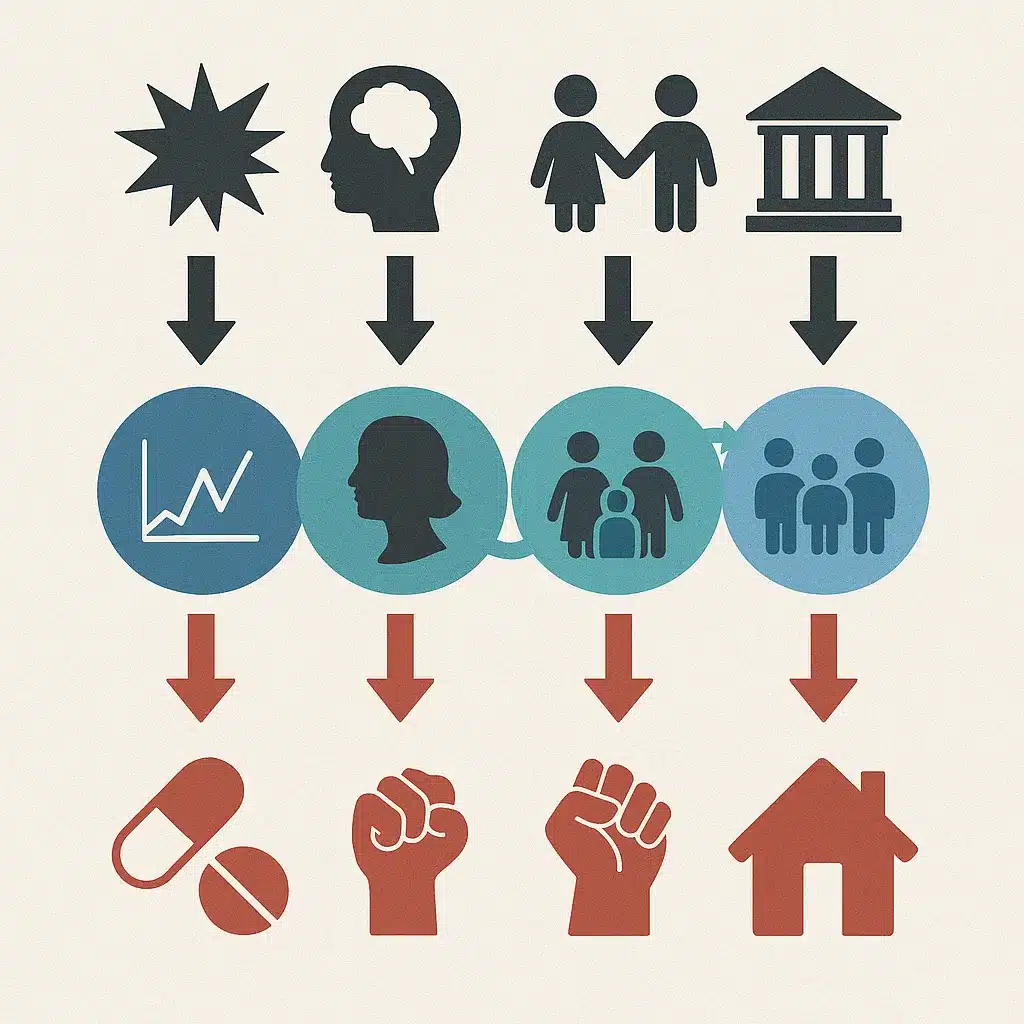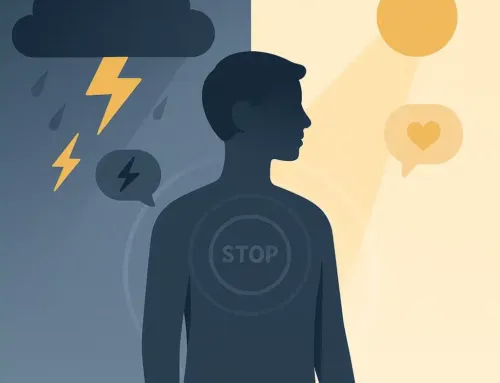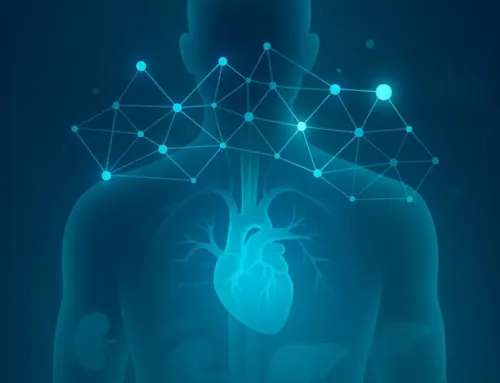
Approx. read time: 6.3 min.
Post: Generational Trauma Outputs: 6 Powerful Truths Across Time
Trauma-informed care
Trauma does not end when the event is over. Wars conclude, abusive relationships dissolve, systemic injustices evolve—but the imprints of trauma carry forward. They settle in the body, the mind, family systems, and even the cultural fabric of entire communities. Often, these imprints outlive the original harm, surfacing in the lives of descendants who never directly experienced it.
This ripple effect is what we call generational trauma. To make this concept more concrete and actionable, I introduce the Generational Trauma Output Theory (GTOT)—a structured model organizing trauma’s path through inputs, mechanisms, and outputs. GTOT helps us pinpoint where trauma originates, how it travels, how it shows up, and—crucially—where we can intervene.
🌱 The Core Idea
Generational trauma is not metaphorical—it’s systemic. Traumatic events act as inputs that trigger biological, psychological, relational, and structural mechanisms, which produce measurable outputs—health outcomes, behavioral patterns, and societal dynamics.
GTOT emphasizes that these outputs are not random but patterned, and, importantly, changeable. By tracing trauma through its system pathways, we can identify the leverage points to break cycles and redirect outcomes.
⚡ Inputs: The Origins of Generational Trauma
Inputs are the traumatic stressors that set the cycle in motion. These include:
- Direct trauma: such as childhood abuse, violence, war, displacement, or systemic oppression.
- Secondary inputs: poverty, housing instability, discrimination, exposure to unsafe environments that sustain and compound the original harm.
Examples could be a family uprooted by conflict, children growing up in refugee camps; communities facing decades of redlining; or survivors of interpersonal violence whose descendants inherit both emotional and financial fragility.
These inputs don’t disappear—they feed into the mechanisms.
🔄 Mechanisms: How Trauma Travels
GTOT identifies four primary mechanisms through which trauma flows across time and people:
- Biological mechanisms: Altered stress responses, disrupted sleep, epigenetic changes—especially through prenatal stress.
- Psychological mechanisms: Internalized beliefs like “the world is unsafe,” emotional numbing, hypervigilance.
- Relational mechanisms: Family dynamics marked by secrecy, parentification, conflict cycles, emotional distance.
- Cultural & structural mechanisms: Institutional mistrust, fragmented community identity, punitive systems reinforcing trauma.
These are the bridges from inputs to outputs.
👁 Outputs: What We See – trauma responses – responses to trauma
Outputs are the visible signs of generational trauma:
- Individual: anxiety, substance misuse, chronic illness, disengagement.
- Family: caregiving inconsistencies, conflict, dysfunction.
- Community: violence, mistrust, weakened social networks.
- Societal: structural inequities, reduced resilience, intergenerational marginalization.
These outputs are often pathologized—diagnosed or criminalized without acknowledgement of trauma. GTOT reframes them as actionable outcomes of systemic processes.
Shifts in Trauma (vicarious trauma) Outputs Over Time (With Data)
Trauma’s core outputs don’t vanish; their expressions shift according to historical and contextual factors. Here’s how two major negative outputs—substance abuse and interpersonal violence—have moved through time.
Substance Abuse — The Opioid Crisis to Declining Overdose Deaths
- In the U.S., overdose deaths—driven largely by opioids—multiplied nearly sixfold from about 17,500 in 2000 to over 106,000 in 2021 (SHADAC).
- Synthetic opioids, especially fentanyl, surged, causing approximately 70,600 overdose deaths in 2021 alone (Wikipedia, SHADAC).
- The peak overdose year was 2022, with around 110,900 deaths (crude rate: 33.2 per 100,000) (Wikipedia).
- Encouragingly, 2023 saw a modest decline to about 108,600 deaths (rate: 32.2), and preliminary 2024 figures show a sharp drop to around 81,700 deaths (rate: 24.0), a 27% reduction—the largest annual decline ever recorded (Wikipedia, AP News, Vox).
- This reversal is attributed to widespread naloxone distribution, expanded treatment access, public awareness campaigns, and settlement-funded programs (AP News, Vox).
Interpersonal & Physical Violence — An Alarming Increase
- In Canada, 117,093 people aged 12+ experienced police-reported intimate partner violence (IPV) in 2022 (Canada.ca).
- Between 2014 and 2022, police-reported rates rose—sexual assault increased by 163%, physical assault by 14%, and harassment by 38% (Canada.ca).
- In 2023, IPV and family violence continued to climb in Canada: family violence increased by 3% to 139,020 victims, and intimate partner violence rose 1% to 123,319 victims (Statistics Canada).
- Rates in 2023:
- For intimate partner violence, women/girls were nearly four times more likely to be victims (549 per 100,000) than men (155) (Canada.ca, Statistics Canada).
- Violence against children/youth was also high—26,777 police-reported victims, 62% girls, with rates for these age groups reaching 362 per 100,000, the highest since comparable data began (Statistics Canada).
Key Nuance
- Substance abuse has not disappeared; overdose deaths remain a public health crisis.
- Physical and interpersonal violence has always been present, but in recent times has become more visible in Canada, especially in police-reported data.
- The difference lies in salience—which outputs dominate attention and data in a given period.
Just as water finds new cracks in a wall, trauma always finds expression, but its form depends on the current structural weaknesses.
Transmission Routes
The trauma cycle persists via:
- Vertical transmission: caregiving, modeling, and family storytelling.
- Horizontal transmission: peer networks reinforcing coping patterns.
- Diagonal transmission: institutions that retraumatize or fail to support.
Understanding these routes clarifies where to intervene.
Feedback Loops
Trauma self-reinforces through:
- Stress–resource loop: Trauma reduces resources; scarcity breeds more stress.
- Silence loop: Secrecy blocks meaning-making and fuels shame.
- Mistrust loop: Systemic betrayal leads to disengagement from support systems.
Without buffers, these loops amplify across generations.
Making GTOT Testable
Example hypotheses:
- Trauma → physiological stress: A caregiver’s trauma predicts elevated child cortisol, mediated by emotional regulation and household stability.
- Community trauma → institutional mistrust: Historic collective harm predicts lower trust, moderated by reparative policies.
- Trauma beliefs → behavior: Internalized beliefs like “bad things always happen” predict risk-taking unless disrupted by narrative interventions.
These can be validated via qualitative and quantitative methods—biomarkers, surveys, social indices, storytelling analysis.
Measurement Framework
- Inputs: Trauma inventories, historical trauma mapping, structural indices (e.g., redlining).
- Mechanisms: Cortisol, HRV, attachment measurements, family dynamic coding, trust scales.
- Outputs: Health records, education data, justice system involvement, network measures, violence stats.
This allows mapping across time and interventions.
Intervention Levers
- Biological: Sleep, exercise, prenatal support, somatic therapies.
- Psychological: Trauma-informed therapy, narrative reconstruction.
- Relational: Parent–child therapy, healing conversations.
- Cultural/Structural: Memorialization, housing reforms, community healing initiatives.
- Institutional: Trauma-informed schools, peer navigators, redesigned support systems.
Multi-level interventions are most effective.
Practical “Output Map”
Five steps to implement GTOT:
- Identify Inputs: What harms occurred?
- Trace Mechanisms: How are they shaping this system?
- Observe Outputs: What issues are surfacing now?
- Select Levers: Where can change begin?
- Track Changes: What metrics reveal progress?
This turns trauma from abstract to actionable.
A Simple Equation
Modeling generational dynamics:
Oₜ = α·Iₜ + β·Mₜ + γ·Sₜ + ε
Mechanisms depend on previous outputs and buffers:
Mₜ = f(Oₜ₋₁, protective factors, policy shifts)
Buffers like secure attachment and community cohesion dampen trauma’s impact.
Case Example
Imagine:
- Input: Grandparent survived war.
- Mechanisms: Parental hypervigilance, secrecy, unstable neighborhood.
- Outputs: Teen sleep disruption, school disengagement.
Interventions:
- Family sessions for narrative repair.
- School flexibility.
- Sleep routines.
- Utility assistance for stability.
Metrics after 12 weeks:
- Absenteeism ↓
- Sleep ↑
- Family openness ↑
Why GTOT Matters
GTOT moves from metaphor to metrics, showing trauma as a systemic force—not destiny.
It unites micro-level experiences with macro structures, guides layered interventions, and reframes outputs not as moral failings but as predictable responses to systemic harm.
Conclusion
Generational trauma isn’t fate. It’s a system. By mapping inputs, mechanisms, and outputs—and recognizing how outputs shift with context—we can interrupt cycles of harm.
GTOT offers a scientific, compassionate framework to trace trauma’s path and step in to change outcomes. With the right levers, communities can transform trauma into healing, rewriting futures for the better.









